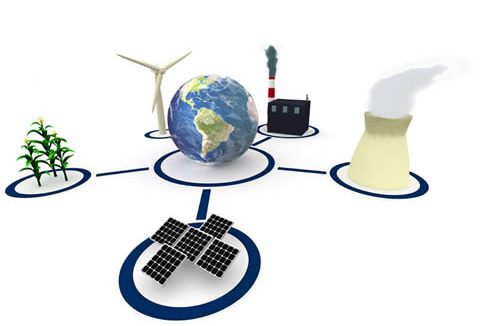Rural electrification, especially through micro-grids and off-grid distribution networks, plays a vital role in ensuring access to electricity in remote and underserved areas. Here are key considerations and strategies for implementing rural electrification initiatives using micro-grids and off-grid distribution networks:
- Assessment of Energy Needs:
- Conduct a thorough assessment of the energy needs of the target rural communities. Understand the demand for various applications, including lighting, household appliances, agricultural activities, and small businesses.
- Micro-grid Planning and Design:
- Design micro-grids tailored to the specific requirements of the community. Consider factors such as peak energy demand, geographical location, available renewable energy resources (solar, wind, biomass), and the size of the population to be served.
- Renewable Energy Sources:
- Leverage renewable energy sources, such as solar power, wind energy, or biomass, for micro-grid installations. These sources are often more sustainable, environmentally friendly, and suitable for decentralized rural electrification.
- Energy Storage Solutions:
- Implement energy storage solutions like batteries to store excess energy generated during peak times for use during periods of low renewable energy production. This helps in providing a more reliable and consistent power supply.
- Off-grid Distribution Networks:
- Establish off-grid distribution networks to extend electricity access to remote households. Develop a reliable and low-maintenance distribution infrastructure that can efficiently transmit power from the micro-grid source to end-users.
- Community Engagement:
- Involve the local community in the planning and decision-making process. Community engagement helps in understanding specific energy needs, gaining acceptance, and ensuring the sustainability of the electrification project.
- Financial Models and Affordability:
- Develop flexible and sustainable financial models that consider the affordability of electricity services for rural communities. Explore options such as community-based financing, pay-as-you-go models, or public-private partnerships to fund and sustain the project.
- Training and Capacity Building:
- Provide training and capacity-building programs for local residents to ensure the proper operation and maintenance of the micro-grid systems. Local involvement enhances the long-term sustainability of the electrification project.
- Productive Use of Electricity:
- Encourage the productive use of electricity by supporting income-generating activities such as small-scale businesses, agricultural processing, and the development of local enterprises. This can enhance the economic impact of rural electrification.
- Government Policies and Incentives:
- Align the project with existing government policies and incentives for rural electrification. Explore opportunities for subsidies, grants, or tax incentives that can support the implementation of micro-grids and off-grid distribution networks.
- Monitoring and Evaluation:
- Implement monitoring and evaluation mechanisms to assess the impact of the electrification project. Regular assessments help identify challenges, measure success, and inform future improvements or expansions.
- Scalability and Replicability:
- Design projects with scalability and replicability in mind. Successful models can be scaled to other rural areas facing similar challenges, contributing to a wider impact on national electrification goals.
- Public-Private Partnerships (PPPs):
- Collaborate with private sector entities through PPPs to bring in expertise, technology, and additional resources. PPPs can enhance the efficiency and effectiveness of rural electrification initiatives.
By adopting a comprehensive and community-centric approach, rural electrification through micro-grids and off-grid distribution networks can significantly improve the quality of life, stimulate economic development, and contribute to sustainable energy access for underserved populations.








